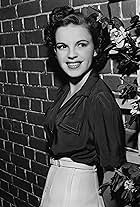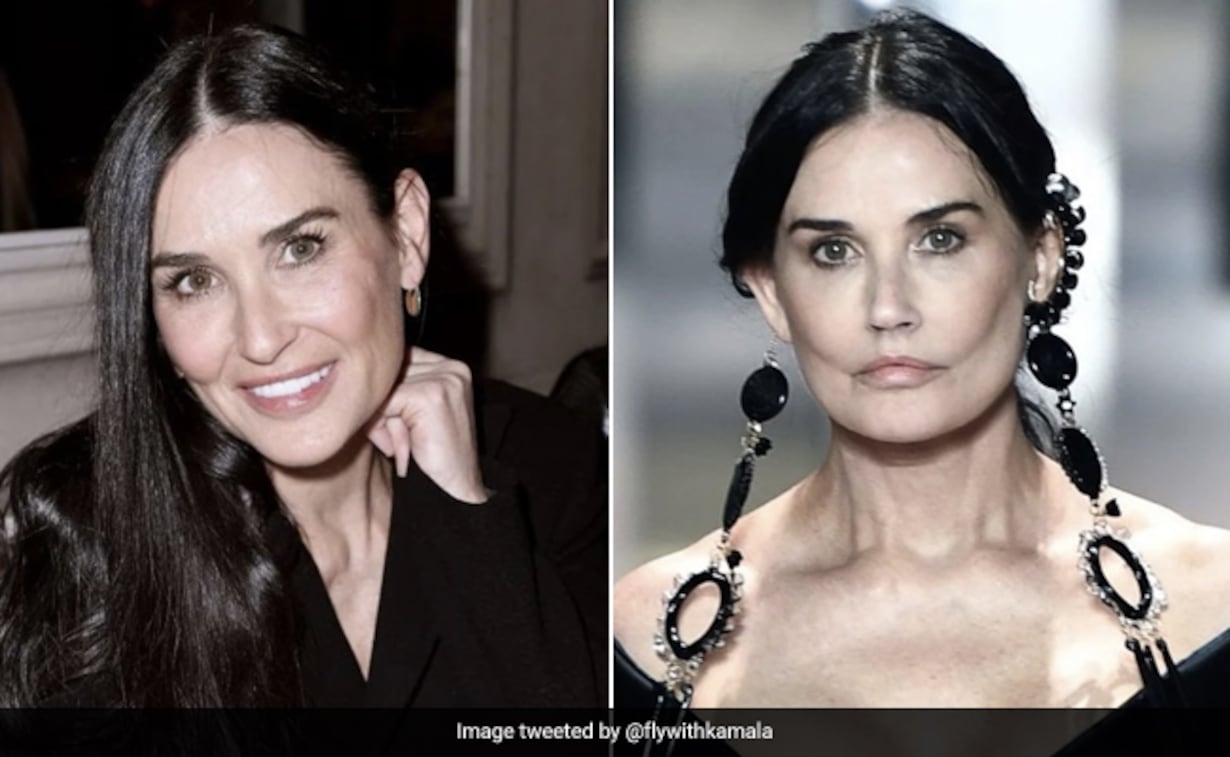Judy Garland shot to fame at just 16, dazzling audiences in the iconic 1939 film The Wizard of Oz.
Standing at a petite 4 feet, 11½ inches, Garland captivated viewers with her adorable charm, setting her apart from the more glamorous stars of her time like Elizabeth Taylor and Ava Gardner.
However, with success came the relentless pressure to maintain her youthful appearance and slender figure, imposed by the demanding standards of Hollywood studio MGM.
These pressures would ultimately fuel the celebrated singer’s descent into drug addiction, culminating tragically in her untimely death.
More than forty years after her passing at age 47 due to an accidental drug overdose, a new memoir sheds light on Garland’s inner struggles.
Crafted from the unfinished notes left behind by Sid Luft, Garland’s third husband who passed away in 2005, the book titled Judy and I: My Life with Judy Garland delves into the star’s personal demons.
Luft first crossed paths with Garland when she was just 15, but their romantic relationship blossomed 14 years later while she was wed to director Vincente Minnelli, with whom she shared a daughter, Liza Minnelli.
At a low point in her life, unemployed and reeling from a suicide attempt that led to hospitalization, Garland found solace in Luft, who felt an inexplicable connection to her despite her troubles.
Throughout their tumultuous 13-year marriage, Luft, who later became her manager, saw himself as Garland’s savior from her battle with drug abuse.
Garland’s drug dependency was an attempt to mask her deep-seated insecurities, particularly concerning her weight.
Pressured by studio executives to maintain a specific physique, Garland often resorted to extreme measures to shed excess pounds, such as extreme dieting during the filming of movies like Summer Stock in 1950, and weighing a mere 80 pounds while working on Presenting Lily Mars in 1943.
Luft revealed that Garland’s lifelong struggle revolved around the relentless pursuit of being “camera-slim.”
Constantly under scrutiny, Garland found comfort in indulging in hearty meals, including her favorite comfort foods like spaghetti, which eventually led to alcohol consumption.
Despite Luft’s efforts to guide Garland towards healthier eating habits to revive her career, their differing views on food often sparked conflicts.
Garland’s resistance to dietary restrictions and cravings for rich foods like hot fudge sundaes and cheeseburgers posed challenges in their relationship.
The incessant scrutiny from the media regarding her weight only added to Garland’s distress, as she faced relentless questions about her appearance.
During her renowned Two-A-Day show in New York in November 1951, Garland sought help from a diet doctor, Dr. Udall Salmon, who prescribed medication to aid in weight loss.
This medication ultimately caused Garland to collapse during a performance and led to her admission to LeRoy Sanitarium.
Following this incident, Garland and Luft embarked on a pill-free diet regimen, resulting in a significant drop in her dress size from 14 to 6 by June 1952.
However, overcoming her reliance on pills proved to be a challenging feat.
Despite Luft’s initial unawareness of the extent of Garland’s drug issues, several near-fatal incidents opened his eyes to the severity of her struggles.
Garland’s self-destructive tendencies, including a desperate act of cutting her throat with a razor blade, highlighted the depths of her torment.
Despite these harrowing experiences, Garland’s resilience manifested in her renewed appetite for food, symbolizing a glimmer of hope amidst her turmoil.
As their marriage deteriorated over the years, marked by Garland’s persistent battles with dieting and substance abuse, Luft and Garland eventually drifted apart.
Despite the love they once shared and their two children, Lorna and Joey Luft, the couple parted ways in 1965.
Garland’s tragic demise in 1969, succumbing to an accidental overdose while facing financial ruin due to embezzlement by her managers, left Luft devastated, unable to save the woman he loved.



